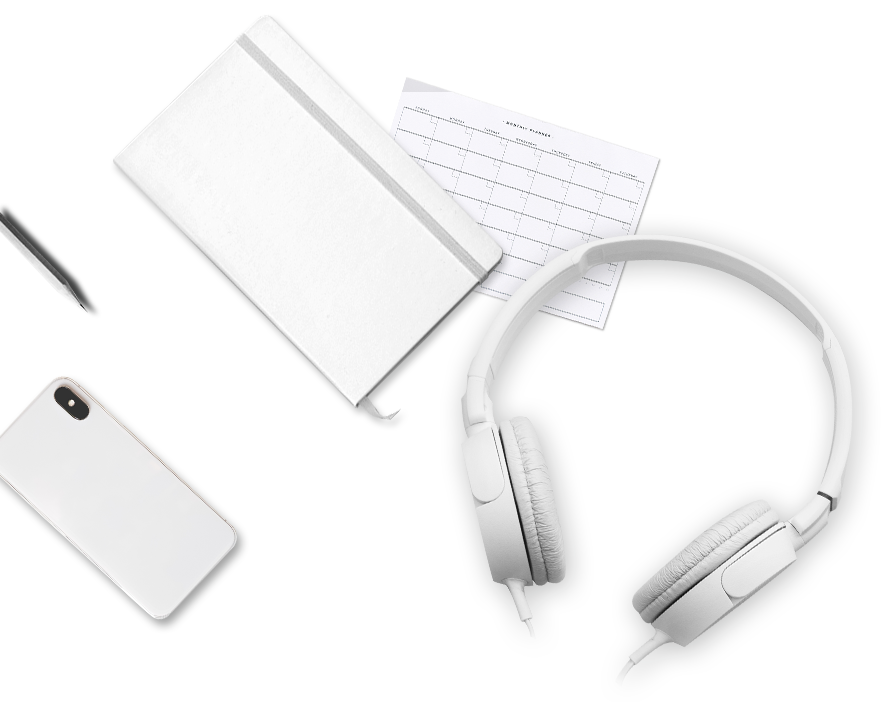Mastering Korean Grammar: -아요/어요 (Present Tense)
Today, we are learning the most important grammar pattern in the entire Korean language: -아요/어요.
This is the polite, informal present tense ending. It’s the “default” way to speak in most everyday situations. You will hear and use this constantly.
It’s used to make statements (like “I eat” or “It is good”) and to ask questions (like “What are you doing?”).
1. Usage: Understanding -아요/어요
This pattern’s main function is to end a sentence in the present tense. It belongs to the ‘polite informal’ speech style, called 해요체 (haeyo-che), which is the most versatile and common speech level in Korean.
Function 1: Making Statements
You use it to state a fact or describe an action or state in the present.
- Korean: 밥을 먹어요.
English: “I am eating a meal.” / “I eat a meal.” - Korean: 날씨가 좋아요.
English: “The weather is good.”
Function 2: Asking Questions
This is the best part: to ask a question, you do not change the form. You simply raise your intonation at the end of the sentence.
- Korean: 밥을 먹어요? (said with a rising tone)
English: “Are you eating a meal?” - Korean: 지금 뭐 해요?
English: “What are you doing now?”
2. Conjugation: How to Form -아요/어요
You attach this ending to the stem of a verb or adjective (the part you get after dropping -다).
Rule 1: Last vowel is ㅏ or ㅗ
If the last vowel of the stem is ㅏ or ㅗ, you add -아요.
- 가다 (to go) → 가 + -아요 = 가요 (The ‘ㅏ’ vowels merge)
- 보다 (to see) → 보 + -아요 = 봐요 (The ‘ㅗ’ and ‘ㅏ’ merge to ‘ᅪ’)
- 좋다 (to be good) → 좋 + -아요 = 좋아요 (The stem ends in a consonant, so you just attach it)
Rule 2: Last vowel is NOT ㅏ or ㅗ
If the last vowel is anything else (like ㅓ, ㅜ, ㅣ, ㅡ, etc.), you add -어요.
- 먹다 (to eat) → 먹 + -어요 = 먹어요
- 읽다 (to read) → 읽 + -어요 = 읽어요
- 배우다 (to learn) → 배우 + -어요 = 배워요 (The ‘ㅜ’ and ‘ㅓ’ merge to ‘ᅯ’)
- 마시다 (to drink) → 마시 + -어요 = 마셔요 (The ‘ㅣ’ and ‘ㅓ’ merge to ‘ㅕ’)
Rule 3: Stems ending in ㅡ
If the stem’s last vowel is ㅡ (like 예쁘다, 바쁘다), the ㅡ vowel is dropped. You then look at the vowel before it to decide which rule to follow.
- 바쁘다 (to be busy) → 바빠요 (The vowel before ㅡ is ‘ㅏ’, so it follows Rule 1)
- 예쁘다 (to be pretty) → 예뻐요 (The vowel before ㅡ is ‘ㅖ’, which is not ㅏ/ㅗ, so it follows Rule 2)
- 쓰다 (to write) → 써요 (There is no vowel before it, so it defaults to Rule 2)
Rule 4: 하다 Verbs (The Easy Rule)
All verbs ending in 하다 are special. They *always* become -해요.
- 공부하다 (to study) → 공부해요
- 일하다 (to work) → 일해요
- 사랑하다 (to love) → 사랑해요
3. Example Sentences with -아요/어요
Here are 10 simple examples that cover all the rules.
- Korean: 지금 뭐 해요?
English: What are you doing now? (하다 verb) - Korean: 저는 밥을 먹어요.
English: I am eating a meal. (Rule 2: -어요) - Korean: BTS를 좋아해요.
English: I like BTS. (Rule 1: -아요) - Korean: 한국어를 공부해요.
English: I am studying Korean. (하다 verb) - Korean: 영화를 봐요.
English: I’m watching a movie. (Rule 1: 보다 → 봐요) - Korean: 가방이 예뻐요.
English: The bag is pretty. (Rule 3: 예쁘다 → 예뻐요) - Korean: 어디에 가요?
English: Where are you going? (Rule 1: 가다 → 가요) - Korean: 저는 선생님이에요.
English: I am a teacher. (Noun + 이에요) - Korean: 이것은 사과예요.
English: This is an apple. (Noun + 예요) - Korean: 오늘 날씨가 추워요.
English: The weather is cold today. (This is an irregular, but ‘춥다’ becomes ‘추워요’)
4. Key Rules and Comparisons
Here are a few crucial points to remember about this speech style.
Rule 1: Politeness Level (해요체)
-아요/어요 is called 해요체 (Haeyo-che). It is polite, but also informal and friendly. It is the most versatile speech style, perfect for 90% of your daily conversations.
You can use it with friends, teachers (you know well), coworkers, and strangers in public (like shopkeepers). You should not use it for very formal situations like a news report or a business presentation. For that, you use -ㅂ니다/습니다.
Rule 2: This is PRESENT Tense Only
This form *only* expresses the present tense. To talk about the past or future, you must change the ending.
- Present: 먹어요 (I eat / I am eating)
- Past: 먹었어요 (I ate)
- Future: 먹을 거예요 (I will eat)
Rule 3: Questions and Statements Look the Same
Remember, the only difference between a statement and a question is your tone of voice. This makes speaking very easy!

